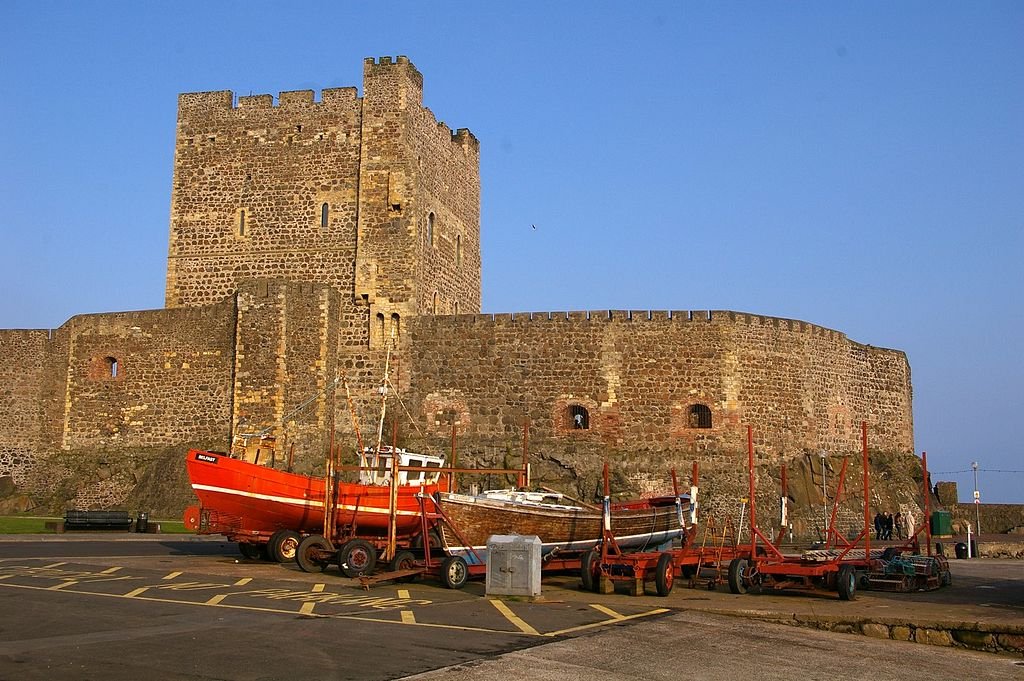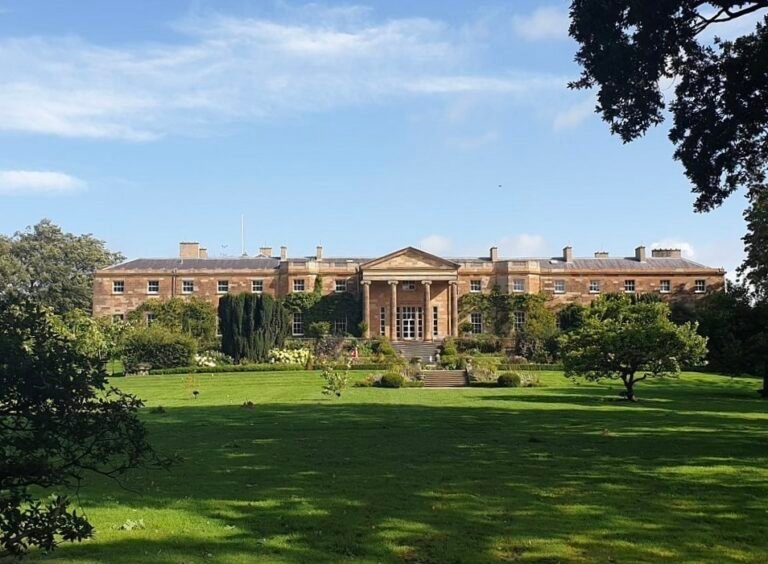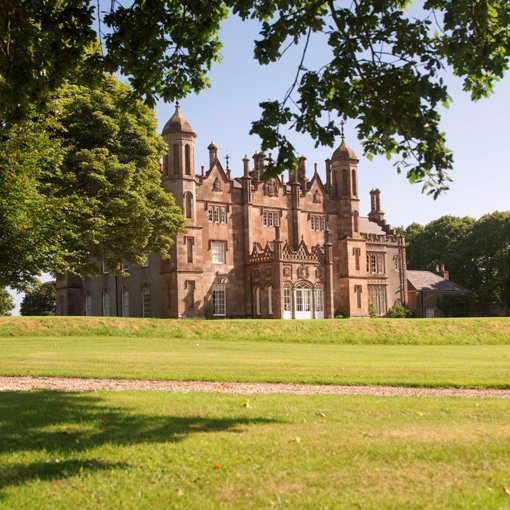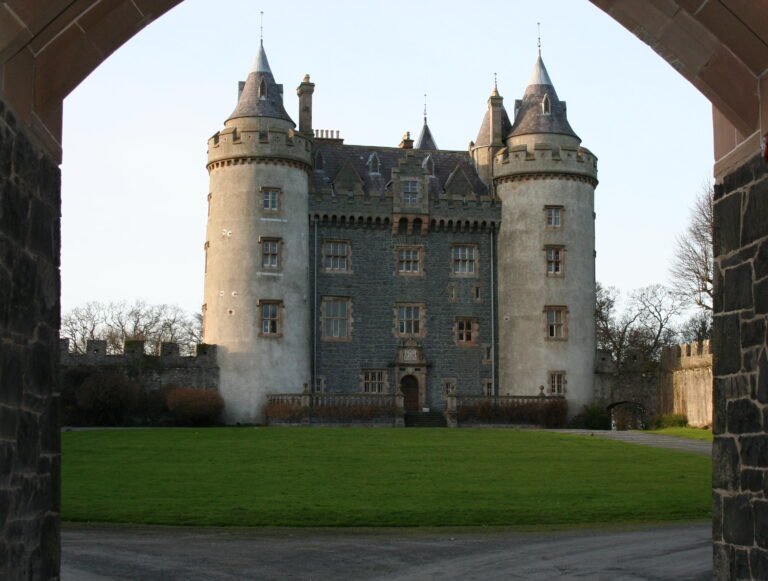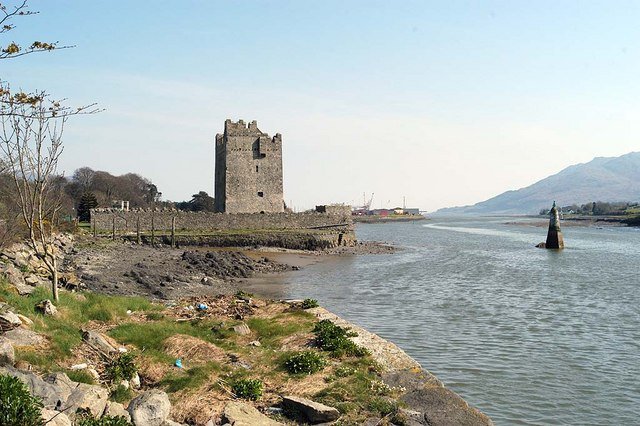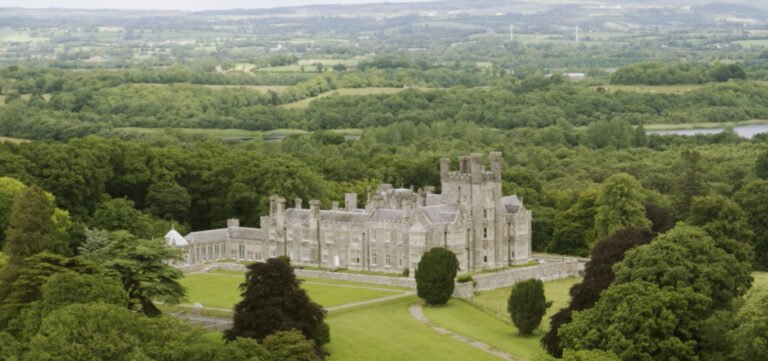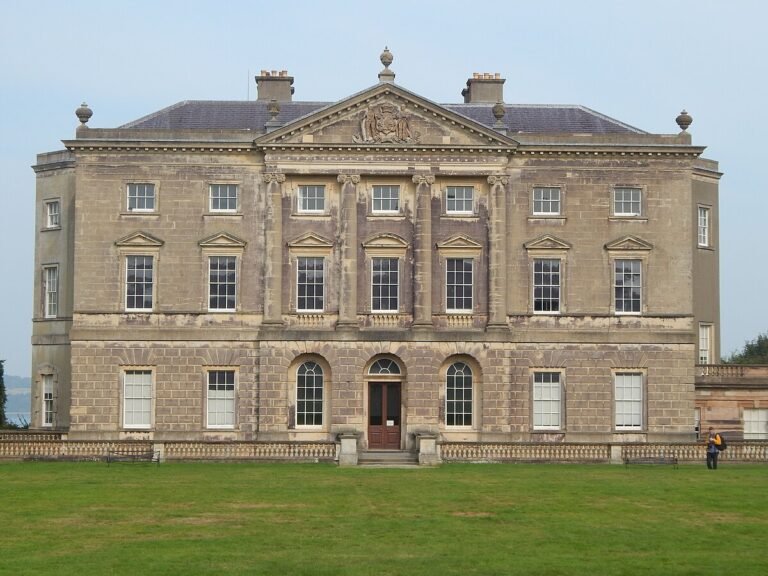Carrickfergus Castle: Northern Ireland’s Norman Masterpiece
Carrickfergus Castle: An emblem of endurance and architectural finesse, Carrickfergus Castle stands as one of the most evocative medieval landmarks on these isles. Begun in 1177 by the Anglo‑Norman invader John de Courcy, this fortress has witnessed over eight centuries of turmoil, transformation and stewardship. Today, it is not just preserved, it invites exploration, contemplation and connection across generations.
Carrickfergus Castle: Origins and Significance
- Why here, why then? Built by John de Courcy around 1177 as the administrative heart of his newly conquered Earldom of Ulster, Carrickfergus Castle once lay almost completely surrounded by water, making it a nearly impregnable stronghold overlooking Belfast Lough.
- A fortress that evolved. Over time, the structure was expanded, walls reinforced, and artillery positions added, culminating in a site that would survive multiple sieges and shifts of power across the medieval and early modern periods.
- Strategic theatre of history. Key historical moments include:
- King John’s siege and reforms in the early 13th century;
- The landing of William of Orange via Marshal Schomberg in 1689;
- A French raid led by François Thurot during the Seven Years’ War in 1760.
- Roles in later conflicts as prison, armoury, WWI garrison, and WWII air‑raid shelter.
Carrickfergus Castle: A Stalwart Through the Ages
- Continuous use, rare survival: Remarkably, the castle remained operational in some capacity for around 750 years until 1928, when it was transferred from the British Army to Northern Irish authorities for preservation.
- Historical integrity: Restoration efforts removed many later additions, especially from the Victorian period, helping to return the castle’s silhouette to something close to the original Norman design, complete with polished banqueting hall and interpretive exhibits.
- Today’s visitor experience: Walk the ramparts, peer down through arrow slits, gaze across Belfast Lough, all while absorbing centuries of history at one of Ireland’s best‑preserved medieval strongholds.
Visiting Practicalities (for Families, Couples & Solo Travellers)
Location & Access
- Where? Carrickfergus, County Antrim, just north of Belfast. A brief drive via the A2/M5 (around 30 minutes) or a convenient train ride from Belfast stations lands you within easy walking distance.
Opening Hours
- Summer (approx. Easter–September): Open Tuesdays–Sundays 09:30–17:00 (last entry 16:30). Closed Mondays except bank holidays.
- Winter (approx. October–mid‑February): Open Tuesday–Sunday 09:00–16:00 (last entry 15:30).
Tickets & Accessibility
- Affordable fare: Adult and family/group discounts often apply. Children under four are usually free, with modest charges for older children.
- Accessibility: Limited wheelchair access; underground or steep areas may be challenging. Children must be supervised. Assistance dogs allowed; other pets are not permitted.
Two Sample Itineraries
Itinerary A: Half‑Day Trip (Morning or Afternoon)
- Start with a tranquil ferry-facing coffee in Carrickfergus town.
- Explore the keep, ramparts and armoury with interpreters enhancing the medieval atmosphere.
- Pause at the banqueting hall to absorb restored Gothic elegance.
- Finish with a stroll along the marina or browse the heritage‑rich town centre.
Highlights: compact, flexible, immersive. Ideal for a couple or solo trip, balancing history with coastal charm.
Itinerary B: Full‑Day Regional Loop
- Morning: Begin at Carrickfergus Castle, absorb its legacy and architecture.
- Midday: Drive the scenic Causeway Coastal Route add stops at Whitehead or the Gobbins coastal walk.
- Afternoon: Visit iconic Dunluce Castle or take in the Giant’s Causeway if time allows.
- Evening: Return to Belfast, or enjoy a cosy dinner in Carrickfergus against the backdrop of the lough.
Highlights: blends medieval history with dramatic landscapes and regional depth, perfect for families or couples craving variety and discovery.
Where to Eat & Stay Nearby
Eating:
- Town centre cafés: Casual, local favourite spots offer homemade fare and harbour views.
- Bistros and pubs: Seek places serving hearty Ulster stews or fresh seafood.
Staying:
- Budget: Local guesthouses or B&Bs on town fringes.
- Mid‑range: Small hotels in the historic centre often with maritime ambience.
- Boutique: Renovated heritage properties or waterfront lodgings nearby.
Look for access to public transport, family‑friendly meals, and easy routes back to Belfast if continuing onward.
Seasonal Highlights & Special Experiences
- Spring/Easter: Longer hours, energetic atmosphere, great for walking the walls in lingering daylight.
- Summer: Best for panoramic views and extended opening times, ideal for golden‑hour photography.
- Off‑Peak/Winter: Atmospheric, quieter visit with room to reflect, especially evocative around misty mornings or twilight.
- Events: Occasional guided tours or historical reenactments through Carrickfergus Historical Society enrich the visit experiential layer.
- Photography: Capture sunrise or sunset motifs at the waterfront; don’t miss the symmetry of the keep against Belfast Lough.
Broader UK Travel Themes
- Heritage tourism: Carrickfergus Castle invites parallels with other Norman constructions, consider Stamford’s medieval heritage or Caernarfon’s ethereal Welsh presence.
- Castle trails: Link it with Dunluce, Edinburgh Castle or Warwick Castle for a cross‑UK medieval journey.
- Coastal road trips: Pair with Cornwall’s castle‑rich coast or Scotland’s rugged Western Isles for a broader journey of shoreline grandeur.
- Cultural narratives: Their evolving roles from fortress to prison, garrison to tourist attraction mirror UK sites that have adapted through centuries, such as Dover or Portchester.
- Food & history fusion: Encourage visitors to explore regional cuisine and town stories, anchoring travel in heritage and locality.
Conclusion
Carrickfergus Castle isn’t just a relic; it’s a living monument to resilience and history, framed by sea and shaped by centuries. Whether you’re drawn by its Norman stones, symbolic weight, or photographic vantage, this gem warrants a place on any UK travel map. Perfect for intergenerational exploration or a thoughtful solo excursion, it remains a testament to Ireland’s enduring spirit and a beacon for heritage lovers across the UK.
FAQs – Carrickfergus Castle
When was Carrickfergus Castle built?
Carrickfergus Castle was begun in 1177 by John de Courcy, an Anglo-Norman knight, shortly after his invasion of Ulster.
Where is Carrickfergus Castle located?
It’s situated in Carrickfergus, County Antrim, Northern Ireland, on the northern shore of Belfast Lough, about 11 miles from Belfast city centre.
Is Carrickfergus Castle open to the public?
Yes, the castle is open year-round except Mondays (excluding bank holidays). Opening hours vary seasonally, generally from 09:00 or 09:30 to 16:00 or 17:00.
Do I need to book tickets in advance?
Advance booking is not required for most visits, but it’s advisable to check online for up-to-date ticketing information, especially for groups or guided tours.
Is Carrickfergus Castle wheelchair accessible?
Partially. The castle grounds and visitor centre are accessible, but many internal areas, such as upper floors and the keep, involve steep steps or narrow passages.
How much time should I plan for a visit?
A typical visit lasts 1 to 2 hours, but you can easily spend longer if you explore the town or enjoy a nearby meal.
Are guided tours available?
Yes, guided tours are occasionally available and can enhance the experience. Enquire at the visitor centre or check the official website for current offerings.
Is Carrickfergus Castle suitable for children?
Absolutely. Kids enjoy the castle’s towers, cannons, and medieval atmosphere. However, children must be supervised due to uneven surfaces and steep steps.
Are pets allowed at Carrickfergus Castle?
Only assistance dogs are permitted within the castle grounds. Other pets must remain outside.
What makes Carrickfergus Castle unique?
It’s one of the best-preserved Norman castles in Ireland, with a continuous military history spanning over 750 years, right on the waterfront of Belfast Lough.
